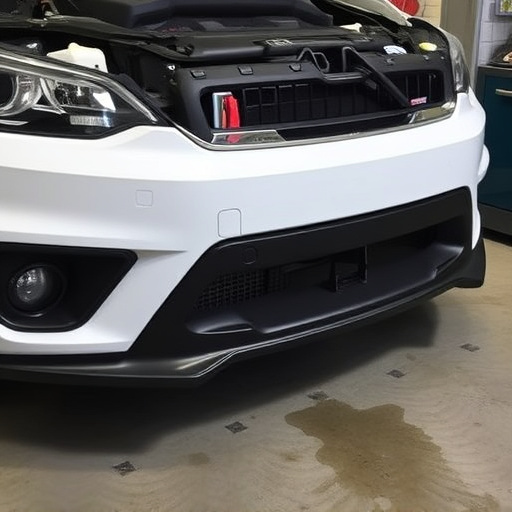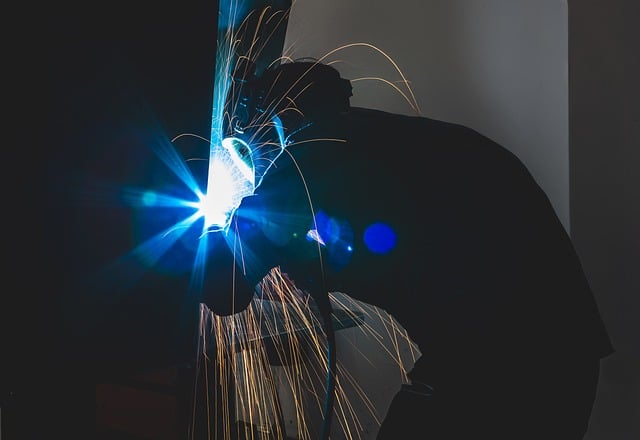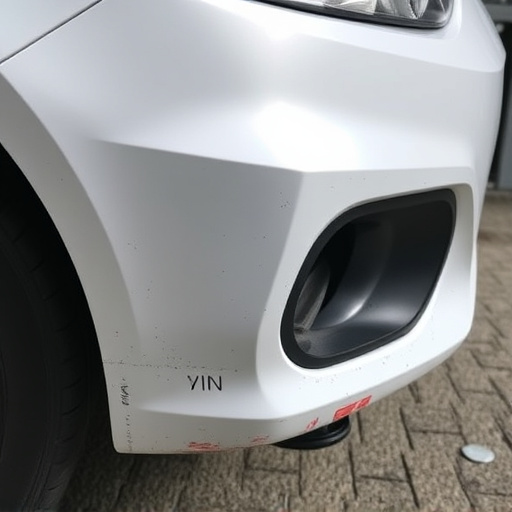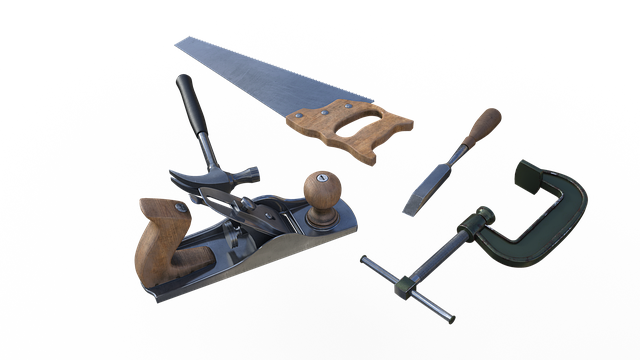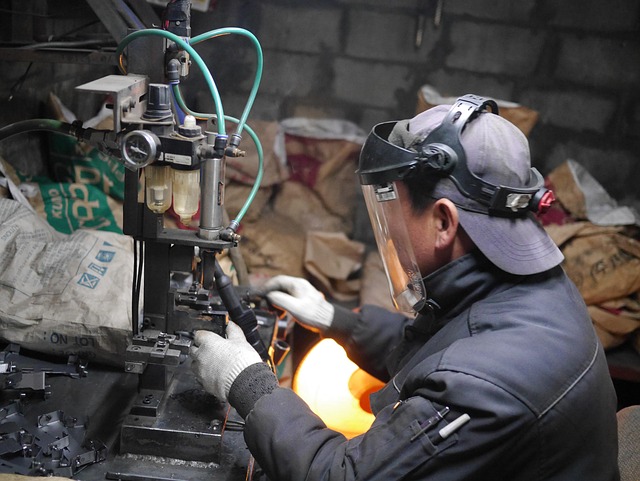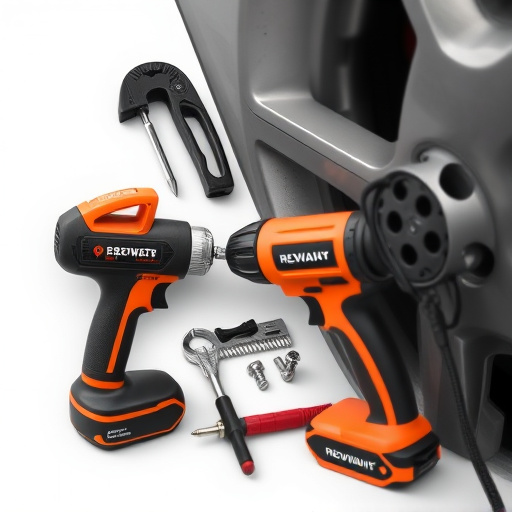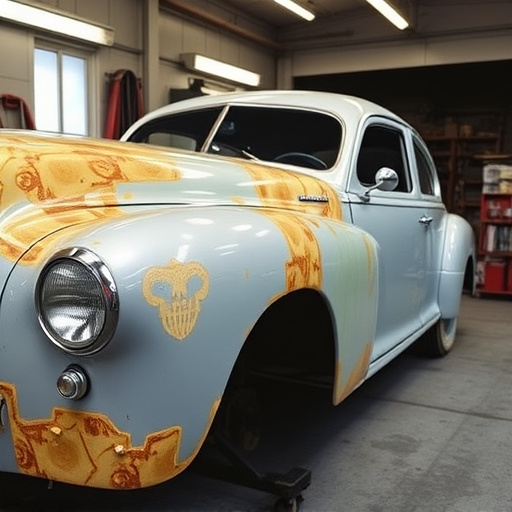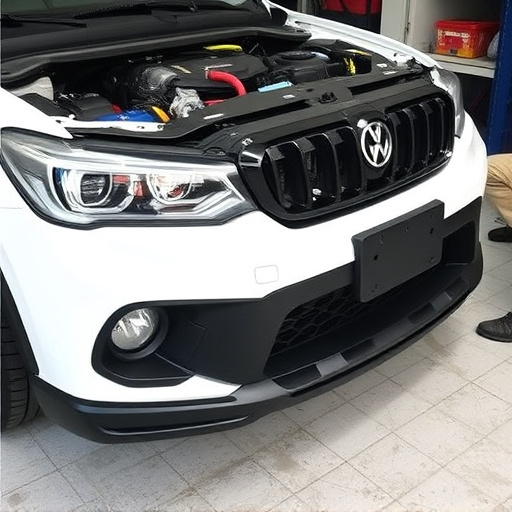Mercedes aluminum welding combines specialized techniques like TIG and MIG methods with preheating to prevent distortion during repairs, ensuring superior quality and aesthetic appeal for Mercedes vehicles over time. Best practices involve meticulous joint design, surface preparation, and quality control, delivered by expert technicians in controlled environments using advanced equipment.
Mercedes aluminum welding is a precision art, crucial for maintaining the iconic brand’s high-quality standards. This advanced technique requires a deep understanding of metal behavior to minimize distortion and warping, ensuring structural integrity and aesthetic appeal. In this article, we’ll explore the fundamentals of Mercedes aluminum welding, delve into techniques to reduce distortions, and uncover best practices for achieving maximum precision, all while focusing on the unique challenges and benefits of this process.
- Understanding Mercedes Aluminum Welding Basics
- Techniques to Reduce Distortion and Warping
- Maximizing Precision: Best Practices for Success
Understanding Mercedes Aluminum Welding Basics
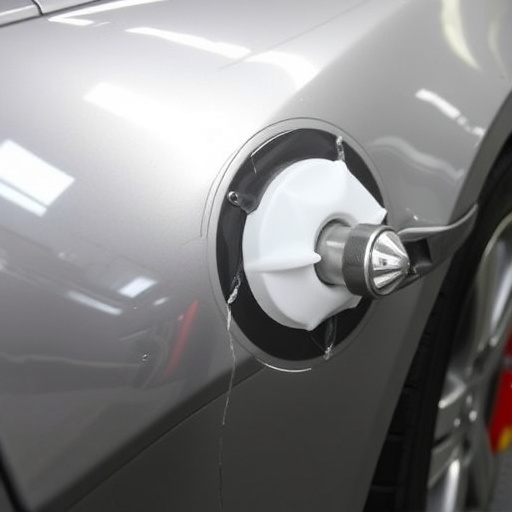
Mercedes aluminum welding is a specialized process tailored to meet the high standards of automotive manufacturing. Understanding the basics involves grasping the unique properties of aluminum and its behavior during the welding process. Aluminum, known for its lightweight nature and excellent corrosion resistance, requires specific techniques to minimize distortion and warping upon fusion.
The key lies in applying controlled heat and utilizing suitable welding methods. Mercedes employs a variety of techniques such as TIG (Tungsten Inert Gas) and MIG (Metal Inert Gas) welding, which enable precise melting and fusing of aluminum alloys. Proper joint design, surface preparation, and the use of specialized filler metals are critical factors in achieving strong, durable bonds without causing metal distortion. This ensures that Mercedes vehicles, renowned for their car restoration and tire services quality, maintain their aesthetic appeal and structural integrity over time.
Techniques to Reduce Distortion and Warping
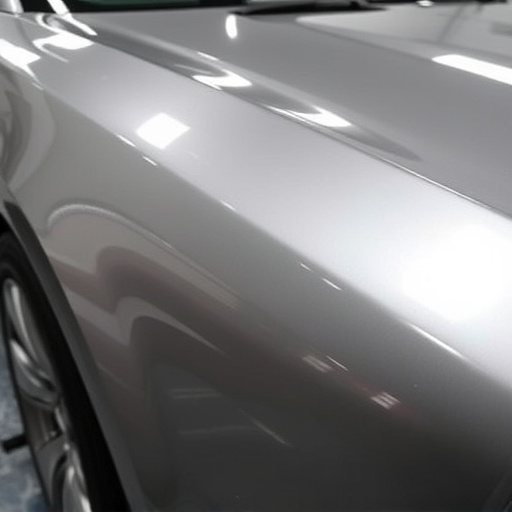
Mercedes aluminum welding requires precise techniques to minimize distortion and warping, which are common issues in vehicle bodywork. One effective method is preheating the metal before welding. By heating the aluminum to an optimal temperature, the material becomes more pliable, reducing the risk of structural changes during the welding process. This technique is especially crucial for complex autobody repairs where precision is key.
Additionally, using specific welding methods like TIG (Torch Injection Gas) or MIG (Metal Inert Gas) welding can significantly enhance results. These processes allow for a more controlled and precise heat input, ensuring minimal heat affected zones in the vehicle’s bodywork. This meticulous approach not only reduces distortion but also maintains the overall quality of collision repair center services, making Mercedes aluminum welding a seamless and effective solution for restoring vehicle bodywork to its original condition.
Maximizing Precision: Best Practices for Success
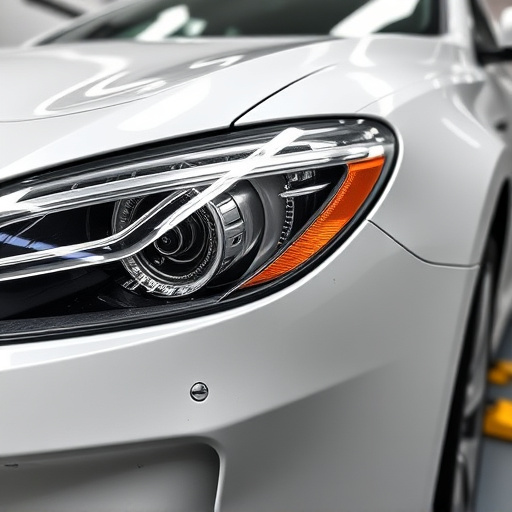
In the realm of Mercedes aluminum welding, achieving precision is paramount to prevent metal distortion and warping. Best practices involve meticulous preparation of the weld joint, utilizing specialized techniques such as pre-welding surface treatments and precise alignment tools. Cleanliness of the work area and adherence to strict quality control measures are critical steps that ensure the integrity of the final weld.
Expert technicians in a well-equipped body shop service ensure each step is executed flawlessly. This includes using the right equipment, like advanced welding machines capable of intricate maneuvers, and maintaining a controlled environment to minimize external factors that could cause distortion. The goal is to deliver top-tier vehicle body repair services, ensuring the restored auto looks as good as new without any signs of stress or damage from the welding process.
Mercedes aluminum welding techniques have evolved to minimize distortion and warping, ensuring high-quality results. By understanding the basics and employing specific strategies like preheating, controlled cooling, and precision tooling, professionals can achieve exceptional weld integrity. Adhering to best practices guarantees optimal performance, making Mercedes aluminum welding a top choice for demanding applications.
